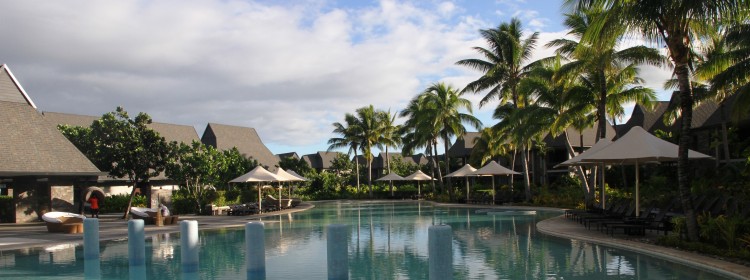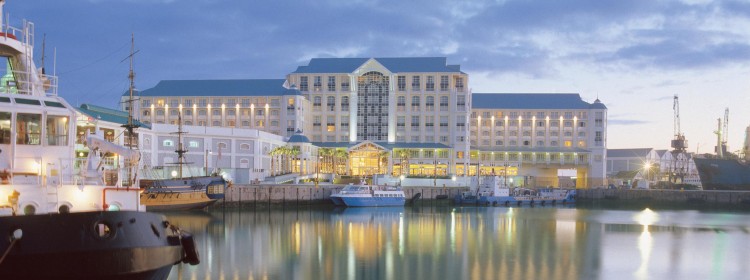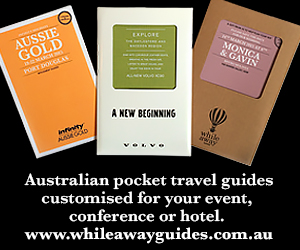A curtain of rain thrashes down as I alight from a taxi in central Ho Chi Minh City. Dashing into the lobby of the Rex Hotel, I find myself in a marble-walled sanctuary illuminated by recessed lights and glowing aquaria of coloured fish. Many of the women working in the reception area are clad in purple-and-white silk pyjama outfits, adding to the impression that I’ve stepped onto the set of an Indochinese movie.
The venerable Rex Hotel, where I’ve come to talk to managers and check out the facilities, has served as a haven for travellers for decades. It remains one of the best-loved five-star hotels in Ho Chi Minh City, still referred to as Saigon by many of its 8.4 million residents.
The Rex been expanded and renewed several times since it started life as a French garage complex in 1927. From 1959 to 1975 a Vietnamese couple renovated the building and it became the 100-room “Rex Complex” hotel.
Five o’clock follies
During the Vietnam war the American Information Service made its base here. The Rex became a favoured haunt of US officers and was the scene of daily press briefings to foreign correspondents, wryly known by them as the “five o’clock follies”. That’s because, inevitably, the soldiers and hacks would meet in the bar upstairs.
Now the Rex has 286 individually designed guest rooms, a range of function and meeting facilities, a spa, and four in-house restaurants. Located in the prettiest part of Saigon among boulevards and French colonial buildings, it’s within an easy walk of attractions like the vast Ben Thanh undercover bazaar – which expands at nights to become a bustling street market – the main cathedral, opera house, galleries and a variety of interesting museums.
These include the moving Vietnam War Remnants Museum and Reunification Palace, formerly the Norodom Palace. (The palace is the former home of the South Vietnamese President, through whose front gate a tank crashed during the fall of the city to the North Vietnamese army.) The Rex is also 200 metres away from the Saigon river with its teeming restaurants and river cruise dinner boats.
For MICE visitors, one of the most remarkable attributes of the Rex Hotel, as young Director of Sales and Marketing Nick Tran (below) observes, is how cheap it is. For USD150-200 per day you get luxury five-star accommodation, all your food and your meeting package thrown in, he says. “By any standard that’s pretty good, and there’s so much to do for people coming here for events.”
Tunnels are worth visiting
Some 40 kilometres, about an hour’s drive, from the city are the Cu Chi tunnels. These were part of the vast underground network in which the Viet Cong hid during the war, and which served as their base of operations for the Tết Offensive in 1968. The tunnels make for a great incentive trip, says Nick. You can reach them from the city by road or fast speedboats along the Saigon river.
Within a day post-conference you can play golf, loaf on tropical beaches and tour the Mekong Delta with its rural attractions and floating markets, fish and prawn farms, (catch your own for lunch), bee farms and orchards (pick your own fruit), all within easy reach by road. “It’ll cost you less than a hundred dollars a day, including your transport, tour guide, food and drinks,” says Nick.
Around 65 percent of the Rex Hotel guests are business travellers, and much of the Asian MICE business is currently shifting from Hong Kong and Singapore to Beijing and Saigon, Nick says. Many global companies are getting established and doing business in Vietnam, which is politically stable and welcomes visitors. “The corporate sector is really opening up for us.”
From USD150 a day
That includes five-star accommodation, all meals as well as a full meeting package. Rooms-only via web bookings currently start from $104.
Visit www.rexhotelvietnam.com, call 848 38292185 or email rexhotel@rex.com.vn.

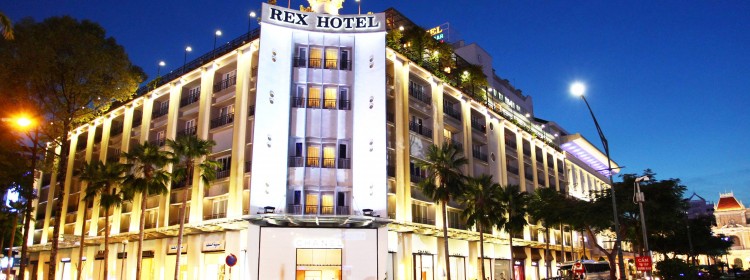




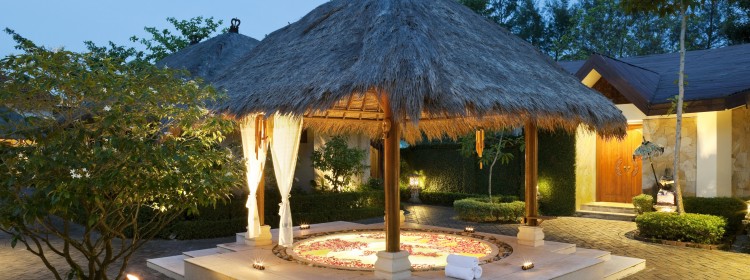




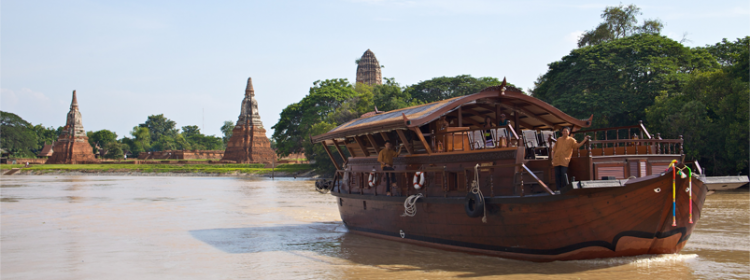
 It’s an experience that more and more incentive groups are enjoying as they savour the delights of a Bangkok river cruise. Adventure tour company Asian Oasis operates three converted rice barges on the river, for a one-night, two-day trip that alternates upstream and downstream to and from Bangkok and the former capital of Ayutthaya.
It’s an experience that more and more incentive groups are enjoying as they savour the delights of a Bangkok river cruise. Adventure tour company Asian Oasis operates three converted rice barges on the river, for a one-night, two-day trip that alternates upstream and downstream to and from Bangkok and the former capital of Ayutthaya. The clientele is mostly Australian and European, says Chananya Phataraprasit (pictured), the company’s Executive Director and pioneer of eco-tourism in southeast Asia, and all meals are included. Guests pay for their own booze, or can buy a package that includes drinks.
The clientele is mostly Australian and European, says Chananya Phataraprasit (pictured), the company’s Executive Director and pioneer of eco-tourism in southeast Asia, and all meals are included. Guests pay for their own booze, or can buy a package that includes drinks.



